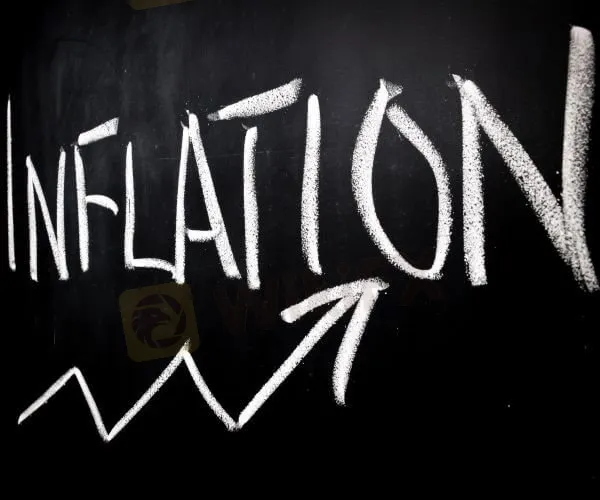简体中文
繁體中文
English
Pусский
日本語
ภาษาไทย
Tiếng Việt
Bahasa Indonesia
Español
हिन्दी
Filippiiniläinen
Français
Deutsch
Português
Türkçe
한국어
العربية
US Producer Prices Surge 9.7 Percent From a Year Ago
Abstract:The Labor Department said Tuesday that its producer price index — which measures inflation before it reaches consumers — jumped 1% from December.

Wholesale inflation in the United States surged again last month, rising 9.7% from a year earlier in a sign that price pressures remain high at all levels of the economy.
The Labor Department said Tuesday that its producer price index — which measures inflation before it reaches consumers — jumped 1% from December. Excluding volatile food and energy prices, wholesale inflation rose 0.8% from December and 8.3% from January 2021.
Last week, the government reported that inflation at the consumer level soared over the past year at its highest rate in four decades, squeezing households, wiping out pay raises and reinforcing the Federal Reserves decision to begin raising borrowing rates. The 7.5% price surge ranged across the economy, from food and furniture to apartment rents, airline fares and electricity.
Inflation, under control for four decades, re-emerged as an economic issue last year as the United States rebounded with unexpected speed from 2020's short but devastating coronavirus recession. Caught off guard by the bounce-back, companies scrambled to find supplies and workers to meet an unexpected surge in orders from customers flush with government relief checks. Factories, ports and freight yards came under strain. Shipments were delayed and prices began to rise.
Economists expect inflationary pressure to drop this year as supply chain bottlenecks begin to ease and the Federal Reserve begins to push up interest rates. And consumers will not be receiving government relief checks.
For more Forex news, please download WikiFX- the Global Forex Regulatory Inquiry APP.
Disclaimer:
The views in this article only represent the author's personal views, and do not constitute investment advice on this platform. This platform does not guarantee the accuracy, completeness and timeliness of the information in the article, and will not be liable for any loss caused by the use of or reliance on the information in the article.
Read more

Why Fed Keeps Interest Rates Unchanged, How Does It Affect To Forex Market?
Fed keeps interest rates at 4.25%–4.50%, impacting forex market. Dollar may rise as tariffs loom. Explore why rates unchanged and forex effects.

Do Tariffs Refueling Inflation? Understanding the Connection
Investigate how tariffs impact inflation. Learn how trade barriers influence prices and the broader economic landscape.

Will Trump's Trade Policies Fuel Inflation? BlackRock Warns of Economic Risks
Bitcoin and crypto prices plummet as recession fears and inflation warnings shake markets. Experts warn of prolonged economic challenges ahead.

How Will Central Bank Digital Currencies Could Shape Everything?
Central bank digital currencies (CBDCs) could reshape financial stability, addressing inflation, banking risks, and monetary policy challenges.
WikiFX Broker
Latest News
The Withdrawal Trap: How Scam Brokers Lure Victims into Paying More
FCA to Investors: Think Twice Before Trusting These Brokers
Trump\s tariffs: How could they affect the UK and your money
Trump gambles it all on global tariffs he\s wanted for decades
TradingView Brings Live Market Charts to Telegram Users with New Mini App
Trump tariffs: How will India navigate a world on the brink of a trade war?
Interactive Brokers Launches Forecast Contracts in Canada for Market Predictions
Authorities Alert: MAS Impersonation Scam Hits Singapore
IG Group Acquires Freetrade for £160M to Expand UK Investment Market
U.S. March ISM Manufacturing PMI Released
Currency Calculator







